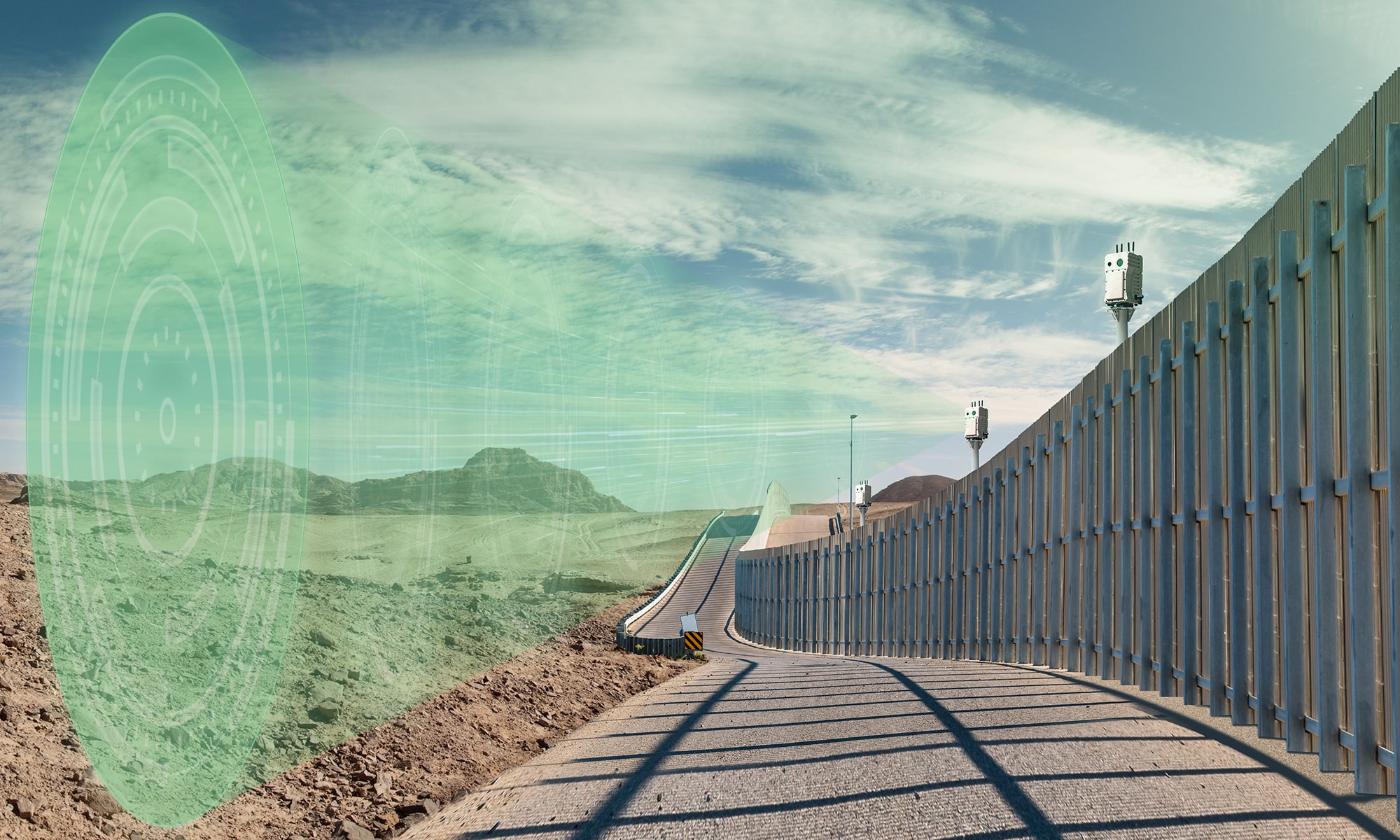The FIREFLY presents an innovative solution to perimeter security. Its integration of multiple sensors, AI-based analysis, and continuous monitoring make it a highly efficient and reliable system.
In the current digital era, security has become a complex and multifaceted challenge. The traditional fences and barriers are becoming increasingly inadequate to guard against sophisticated threats. As such, there is an ever-growing need for innovative and efficient solutions to ensure the security of perimeters.
A potential solution to this intricate security challenge comes from Beesense, which employs an innovative concept that leverages five protection circles. These circles utilise an array of multi-sensor systems in an overlapping design, ensuring comprehensive coverage of the safeguarded territory. The virtual protection circles extend from as close as 140m to ultra-long ranges exceeding 26 km, completely securing off potential intrusion paths. They accomplish this by continuously monitoring and tracking potential threats from afar until they near the protected zone whilst simultaneously assessing the level of their threat. The first layer, the Virtual fence circle, is based on the FIREFLY family of systems.
The FIREFLY family delivers full coverage of the protected area, completely securing it up to a range of 140 or 500 meters. This comprehensive solution is composed of multiple sub-systems, each of which contributes to the robustness and reliability of the overall system.
The FIREFLY system combines inertial radar with fixed day and thermal cameras, providing a wide FOV of 60̊. The integrated sensors create a 3D cone that enables it to scan the area for potential targets on the ground and from the air. An ongoing analysis process of fusion of radar data with day and night imaging allows accurate differentiation between humans and animals and between genuine threats and harmless incidents. Every subsystem integrated into the Virtual Fence Circle comes with an embedded inertial AI target classification and video analysis app. By fusing and analysing data from the different system sensors, the application ensures a high probability of detection (PD) that eliminates false detections. This comprehensive approach leads to a low false alarm ratio (FAR), a crucial metric in any security system.
The Virtual Fence Circle offers a wide reaction space that facilitates a deep in-field zone for detecting, identifying, and classifying an emerging threat. The system’s combined sensors continuously monitor the surroundings, regardless of environmental conditions or lighting. This continuous monitoring is a key differentiator from observation systems, making the Virtual Fence Circle a proactive warning system.
An essential aspect of the Virtual Fence Circle is its smart warning system, based on Video Motion Detection (VMD) and integrated AI. This system detects potential threats and analyses the information to provide accurate indications of genuine threats, minimizing the chance of false alerts triggered by animals or incidental contact with the fence.
When compared with traditional CCTV cameras, the Virtual Fence Circle presents numerous advantages. Standard CCTV systems are often reactive, moving to a target location upon detection. This approach can lead to delayed target acquisition. On the other hand, the Virtual Fence Circle offers continuous surveillance of the area under its purview, leading to instant target acquisition.
The Virtual Fence Circle, based on the FIREFLY system, presents an innovative solution to perimeter security. Its integration of multiple sensors into one small system, AI-based data analysis, and continuous monitoring make it a highly efficient and reliable system. The fusion between the three sensors of the Firefly provides the system’s operators with the required data for obtaining accurate classifications that minimise false alarms while ensuring a high probability of threat detection.
